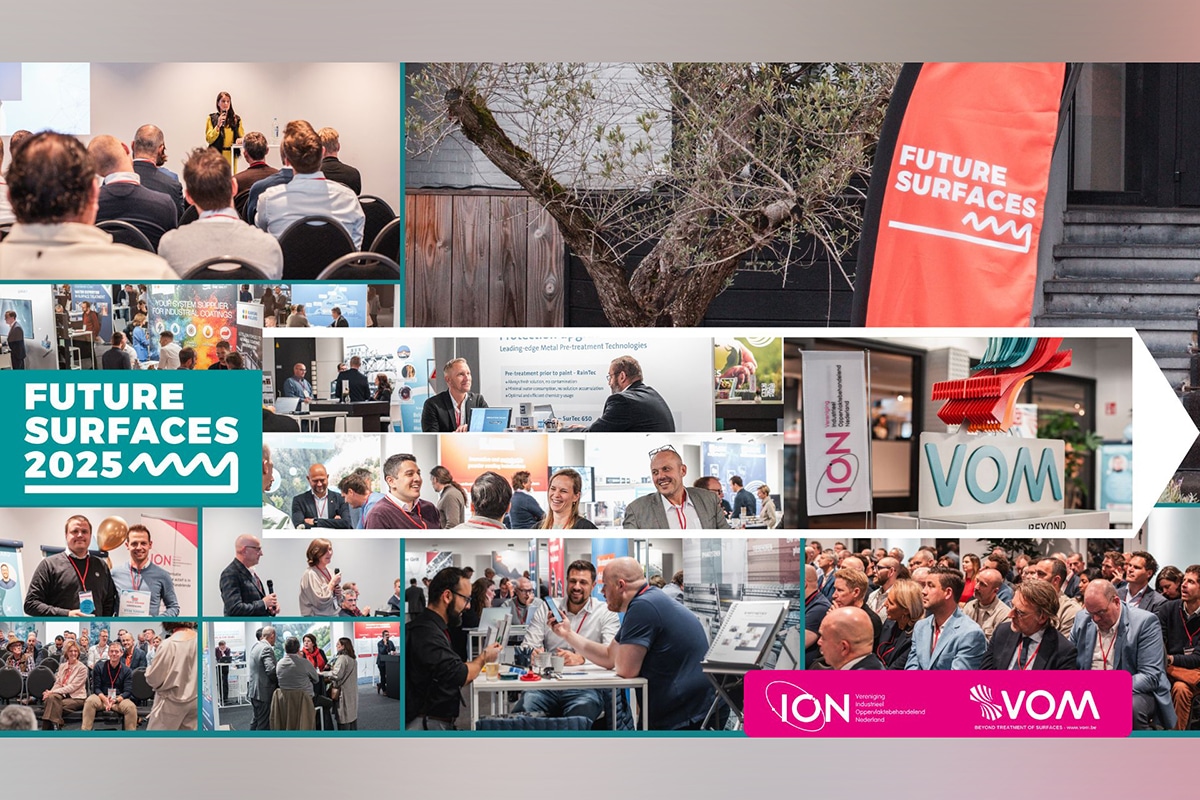
More grip and fewer errors with IFC in custom precast concrete production process
The production of custom precast concrete elements is becoming more complex. The elements themselves are becoming more complex but delivery must also be increasingly just-in-time. The focus of the construction process is thus shifting from the building site to the factory. With the deployment of IFC, you can respond to this.
Whereas precast concrete elements used to consist only of concrete and reinforcement, we now see more and more components being incorporated into the element. Think of electricity, inserts and water pipes. The production of more complex elements requires careful preparation. Good use of design information in preparing for production prevents mistakes. Errors that not only cost money but can also cause delays. The use of IFC will play an increasingly important role in ensuring the correct information.

Just-in-time delivery
Lead times in construction need to be shorter. On construction sites, physical space on infill buildings is increasingly smaller. This requires more accuracy in planning and fewer errors in the delivery of precast concrete elements to the construction site. This is possible if production preparation improves. Here, too, the use of IFC can help.
What is IFC?
For this we borrow a text that can be found at ww.bimloket.nl: 'The Industry Foundation Classes (IFC) is a neutral and open file format for exchanging and sharing specific BIM information (model objects and their properties) between the various software applications of parties in the construction process. IFC is independent so no one is tied to software packages. With IFC, the entire construction column, from architect to contractor and property manager can communicate with the same intelligent data.'

Production planning with Profity Prefab based on IFC
Profity Prefab is standard software for drawing room planning, production planning and freight planning of custom precast concrete elements. The input for planning almost always comes from a CAD package. Whereas in the past 2D information was supplied via Excel, for example, exchange based on 3D information in IFC format is now increasingly being used.
Many precast concrete producers now work with a CAD package that supports 3D exchange of information based on the IFC format. This not only makes the planning process much less error-prone, but also more insightful and simple. Design errors are also traced more quickly. All relevant information in the drawing can be reused 1:1. Some applications:
- Graphically plan the assembly sequence and thus transport and
production sequence;
- Take over material requirements for the purpose of purchasing or inventory;
- Graphically optimize table/job/carousel investment based on contours and other features;
- Control rebar machines and plotters or even AR glasses;
- Graphically plan and classify freights, taking into account shape and weight.
Graphical planning of assembly sequence
The Profity Prefab viewer shows all elements per building layer. Then the assembly sequence can easily be indicated. This forms the input for freight planning and production planning. In all situations, the planner remains in control, but he is optimally provided with (graphical) information in his task.

Graphical scheduling of freights
Every element goes - preferably just-in-time - to the construction site. This requires optimization of the freights. With Profity Prefab, each element in a particular freight is planned. Thanks to the IFC information, information such as shape and weight, upstands or protruding window frames can be used, so that each freight is optimally utilized in terms of space and total weight, as well as being loaded in the right order, so that the elements are delivered to the construction site in the right order and at the right time.
Graphic planning of production
The delivery sequence is the input for production. The production sequence is also determined by several factors including the optimal use of table or web surface, the optimal combination and sequence of elements per table or web, et cetera. To support production, Profity Prefab can provide the correct production documents, again using the IFC information from the linked CAD system.

Quality control
IFC information also comes in handy in quality control. A new development is the use of Mixed Reality. Using a tablet or AR glasses, the element to be produced can be projected onto the table or job using the IFC information so that formwork and pouring facilities can be placed correctly. Just before pouring, the tablet or AR glasses can be used to take pictures of the mixed information: 3D projection and the actual placed formwork and pouring facilities. In this way, it is documented for each element before pouring that the element was built in accordance with the design. After production, photos can again be taken of the produced element in conjunction with the projected design.
With IFC more control over projects
The use of the IFC exchange format offers great advantages. In addition, its capabilities are far from being fully exploited, as the text above shows. Profity Prefab makes grateful use of this. It provides its users with more grip and insight!
Text and Image | Profity




